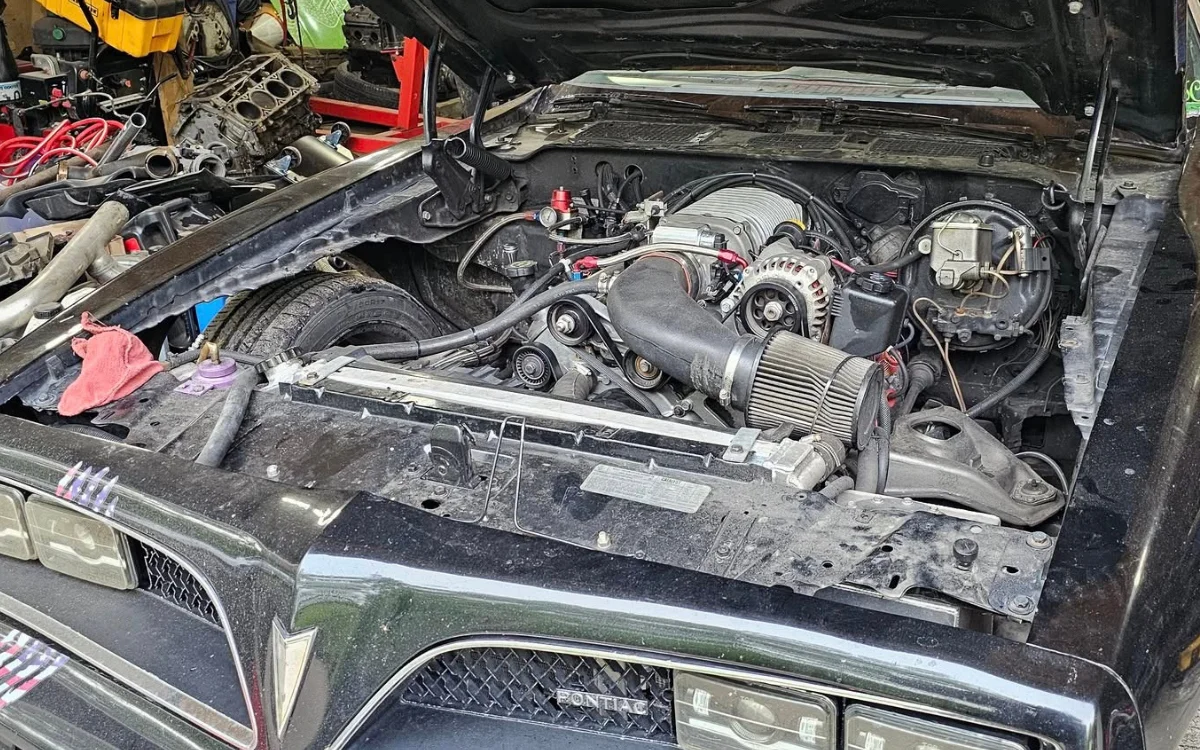NVIDIA Unveils Holoscan Sensor Bridge for Real-Time Data Processing
The post NVIDIA Unveils Holoscan Sensor Bridge for Real-Time Data Processing appeared on BitcoinEthereumNews.com. Joerg Hiller Jun 12, 2025 00:56 NVIDIA’s Holoscan Sensor Bridge introduces advanced real-time data processing capabilities, streamlining sensor integration for developers in robotics and AI applications. NVIDIA has introduced the Holoscan Sensor Bridge, a groundbreaking technology designed to enhance real-time data processing capabilities. This new solution addresses the growing need for efficient sensor integration in the fields of robotics and edge AI, as reported by NVIDIA’s official blog. Challenges in High-Speed Sensor Processing Developers face numerous challenges in integrating diverse sensors, including vision, audio, and communication devices. These challenges are compounded by the need for real-time processing and low latency, crucial for applications in robotics and medical instruments. Continuous data streaming further complicates matters, requiring robust security and synchronization across multiple sensors. Introducing the Holoscan Sensor Bridge The Holoscan Sensor Bridge (HSB) facilitates low-latency data streaming over Ethernet, directly interfacing with GPU memory on systems like NVIDIA Jetson and IGX. This technology significantly reduces latency and CPU usage, optimizing real-time processing for video and edge AI applications. It supports a unified pipeline from data acquisition to inference and visualization, enhancing scalability and safety features. Key Features and Benefits HSB offers ultra-low latency, ensuring minimal delay in data processing, which is essential for real-time applications. Its software-defined architecture simplifies sensor software development, supporting a wide range of sensors. HSB also provides scalability, handling large data volumes crucial for smart cities and industrial automation. Safety features include redundancy and failure detection, contributing to high safety standards. Boosting Performance with HSB Vision Sensors HSB outperforms traditional cameras by offering up to 5x lower latency than USB cameras. Utilizing RDMA and Ethernet, it enables direct data transfer to GPU memory with minimal CPU usage, resulting in faster response times. The latest HSB tools allow developers to…

The post NVIDIA Unveils Holoscan Sensor Bridge for Real-Time Data Processing appeared on BitcoinEthereumNews.com.
Joerg Hiller Jun 12, 2025 00:56 NVIDIA’s Holoscan Sensor Bridge introduces advanced real-time data processing capabilities, streamlining sensor integration for developers in robotics and AI applications. NVIDIA has introduced the Holoscan Sensor Bridge, a groundbreaking technology designed to enhance real-time data processing capabilities. This new solution addresses the growing need for efficient sensor integration in the fields of robotics and edge AI, as reported by NVIDIA’s official blog. Challenges in High-Speed Sensor Processing Developers face numerous challenges in integrating diverse sensors, including vision, audio, and communication devices. These challenges are compounded by the need for real-time processing and low latency, crucial for applications in robotics and medical instruments. Continuous data streaming further complicates matters, requiring robust security and synchronization across multiple sensors. Introducing the Holoscan Sensor Bridge The Holoscan Sensor Bridge (HSB) facilitates low-latency data streaming over Ethernet, directly interfacing with GPU memory on systems like NVIDIA Jetson and IGX. This technology significantly reduces latency and CPU usage, optimizing real-time processing for video and edge AI applications. It supports a unified pipeline from data acquisition to inference and visualization, enhancing scalability and safety features. Key Features and Benefits HSB offers ultra-low latency, ensuring minimal delay in data processing, which is essential for real-time applications. Its software-defined architecture simplifies sensor software development, supporting a wide range of sensors. HSB also provides scalability, handling large data volumes crucial for smart cities and industrial automation. Safety features include redundancy and failure detection, contributing to high safety standards. Boosting Performance with HSB Vision Sensors HSB outperforms traditional cameras by offering up to 5x lower latency than USB cameras. Utilizing RDMA and Ethernet, it enables direct data transfer to GPU memory with minimal CPU usage, resulting in faster response times. The latest HSB tools allow developers to…
What's Your Reaction?
















.png?#)























